I am building 24 hours MVP to help founders test their ideas on 97% cheaper
Inspired by Lean Startup
Everyone has ideas but not everyone has money to build MVP in order to validate these ideas. But even people who figure out raising money for building MVP have a 90% chance of failure in 5 years after launch.
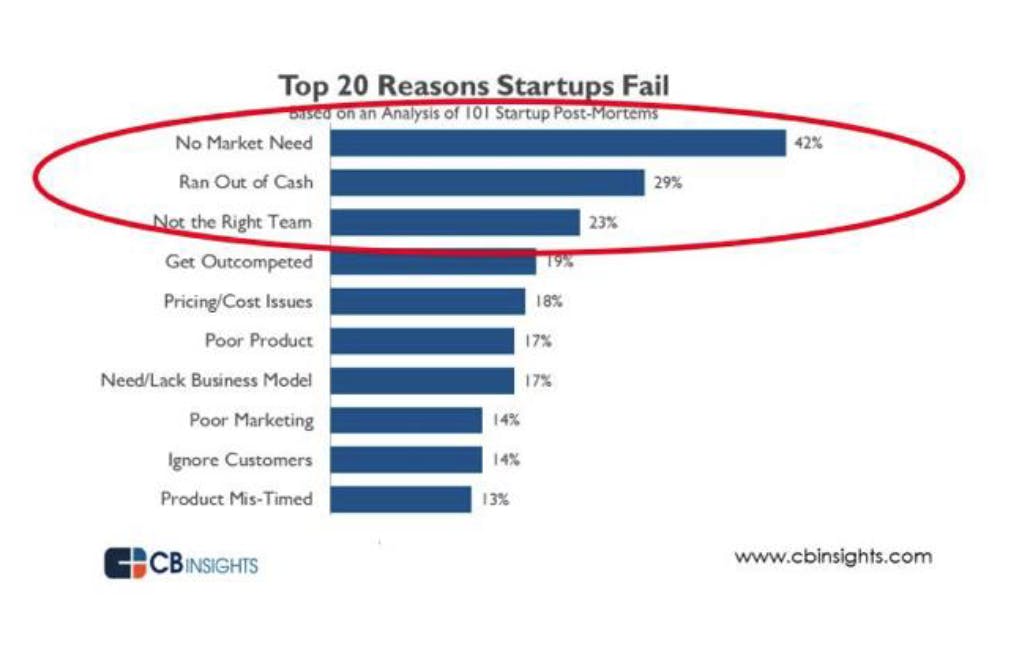
No one has this statistic but I bet about 99.9% of startups fail in the idea stage due to lack of money or failed the first launch. And that is fine because 99.9% of ideas are not great, they are not bad, but not great.
So the question is, what is the most efficient way to ensure your idea will succeed?
The first step everyone has to do is - to talk with users, that is something everyone already knows, right? 50 talks with customers will teach you more than 6 months of development and that is incontrovertible. But usually, customer feedback is not enough to make sure the product will be successful cause it is very subjective and hard to execute right. Even if you build a prototype it is hard to get real feedback unless you make users really use it, so the next logical step is to build an MVP.
How founders build MVPs
There is a pretty established process for building MVPs that are followed by founders, agencies, and freelancers, and if you ask someone or google "How should I build an MVP", here is what you gonna see.
Create a PRD

Product Requirements Documents (PRD) - a document usually created by founders that describe the purpose and functionality of MVP. The document includes data like:
- Short description of an MVP
- Target Audience
- Prioritized list of features with development timelines
- Product requirements
- Product design and/or prototype
The usual process for writing the PRD involves competitor research, user interviews, creating user stories, hiring a designer to create a UI/UX, consultations with development agencies, etc. From my experience, the process of writing a PRD on average takes 2 weeks because it involves a lot of meetings, discussions, fights over features to implement, and most important - design.

Usually while building PRD you have to have a mindset like this:
- We need to have all features our competitors have
- We need to utilize our secret sauce to show how different we are
- We need a unique design that follows our brand values
- We need to have no bugs and cover each step of a user with perfect UX
- We need to be able to handle an extremely fast growth
In the end, we have a 10 - 20 pages document that can be sent to agencies or individual freelancers for a development estimate.
Raise money from friends and family

After hearing the number from $15k to $50k just for a product development founder to start the initial rasing round. In some cases, the founder has enough money to bootstrap all this beauty but in most cases, he doesn't, so he launches kind of a crowdfunding campaign that gives enough money for the company to survive the first 6 months or so.
After the raise founder Opens Upwork or contacts the suggested agency to hire the initial development team.
Get a development team
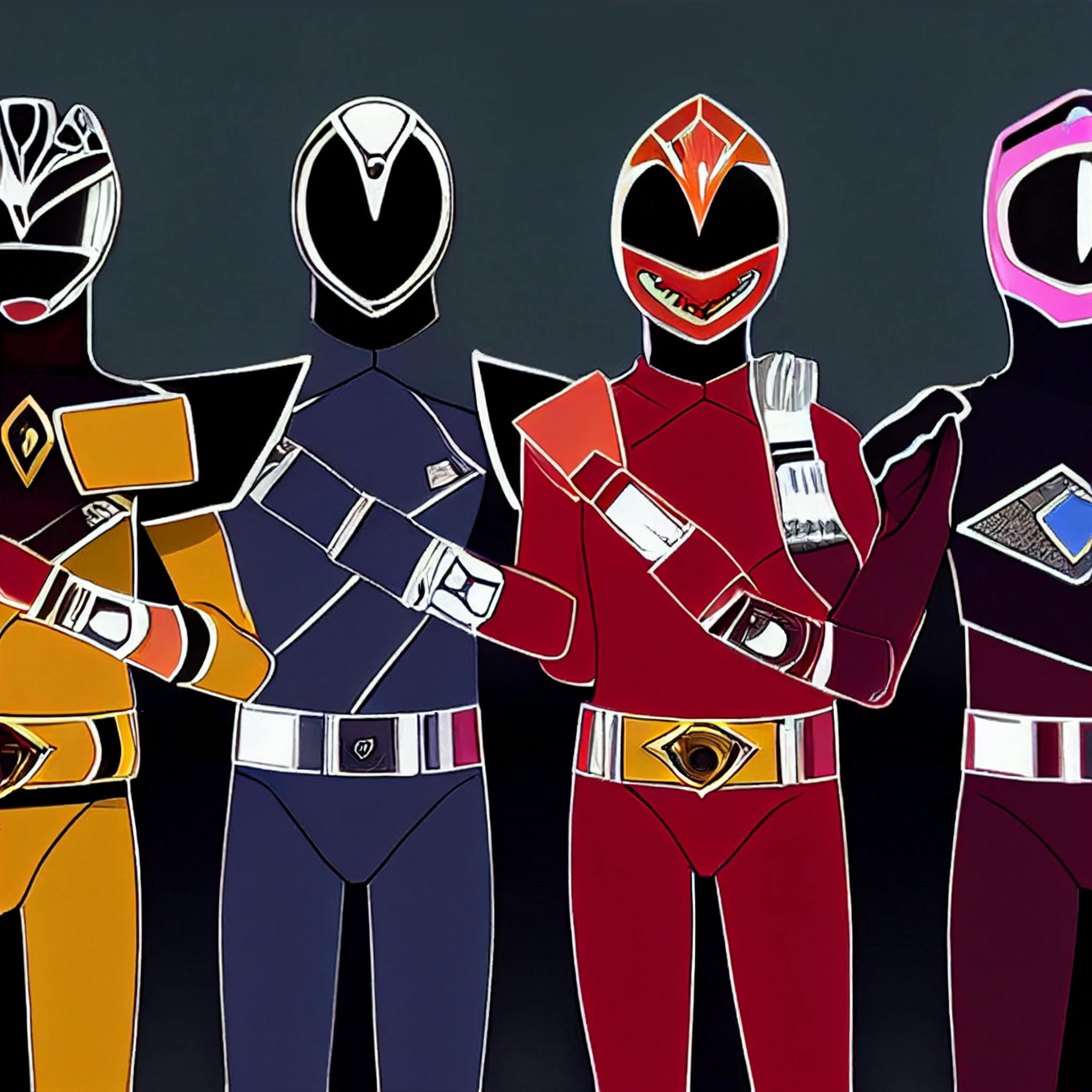
Well, the best way to develop your MVP is to be a developer or have a technical co-founder who can handle that. However, not everyone has it, so they use the help of services like Upwork to hire developers. The worst thing you can do in this stage is to get greedy and hire a team of 5 cheap developers from India or Africa to build you the product. In 6 months you will get a clumsy website that lacks basic features have 500 bugs and don't work on IOS so be careful with that and don't follow in a greediness trap.
You can 2 ways: hire 1 senior that may hire 1-2 more devs or hire an agency. Whatever route you choose now it is time to develop a product.
Spend 3-5 months developing product
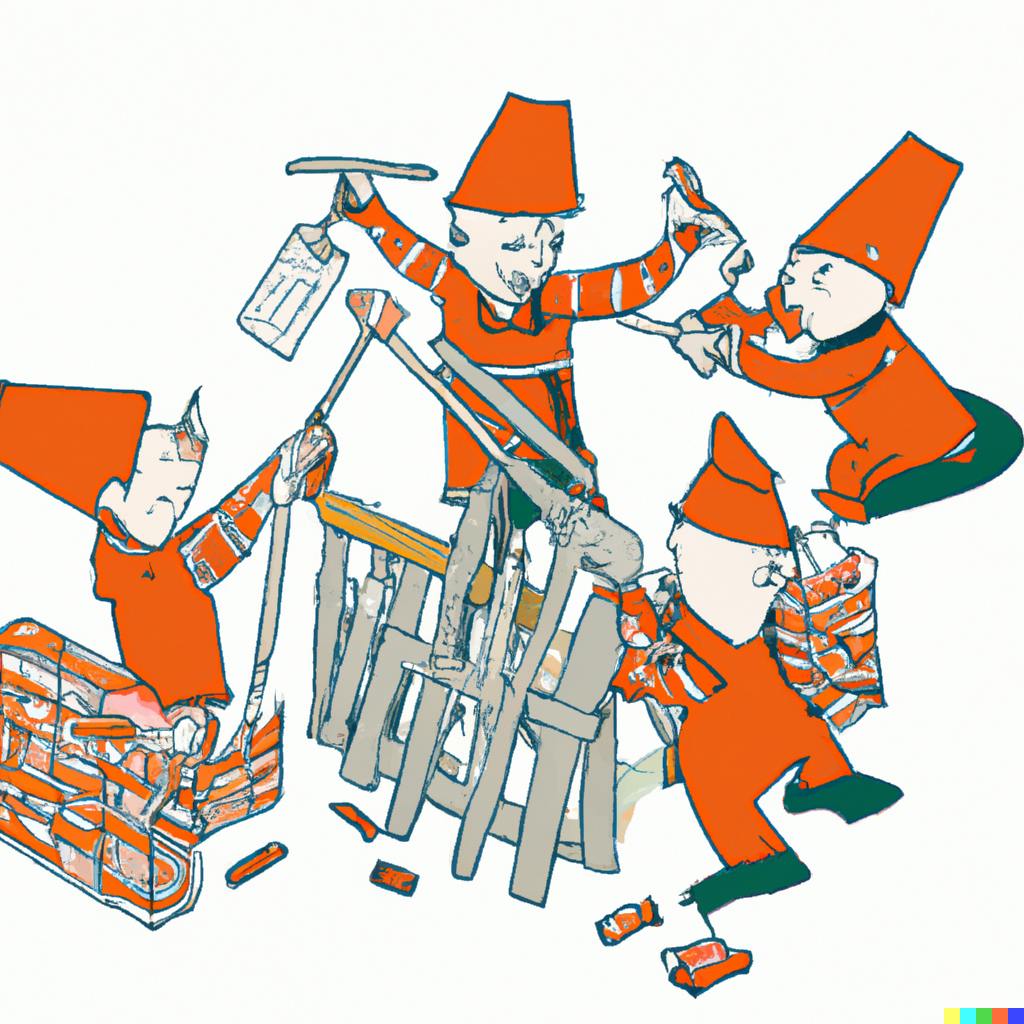
Most probably your development team will be following an Agile methodology for software development. Each day they will have daily meetings, and each week retros, and demos with you, the client. Each week you will see how your product is growing in functionality from a blank page to a complete website/app with login, the home page, share buttons, etc.
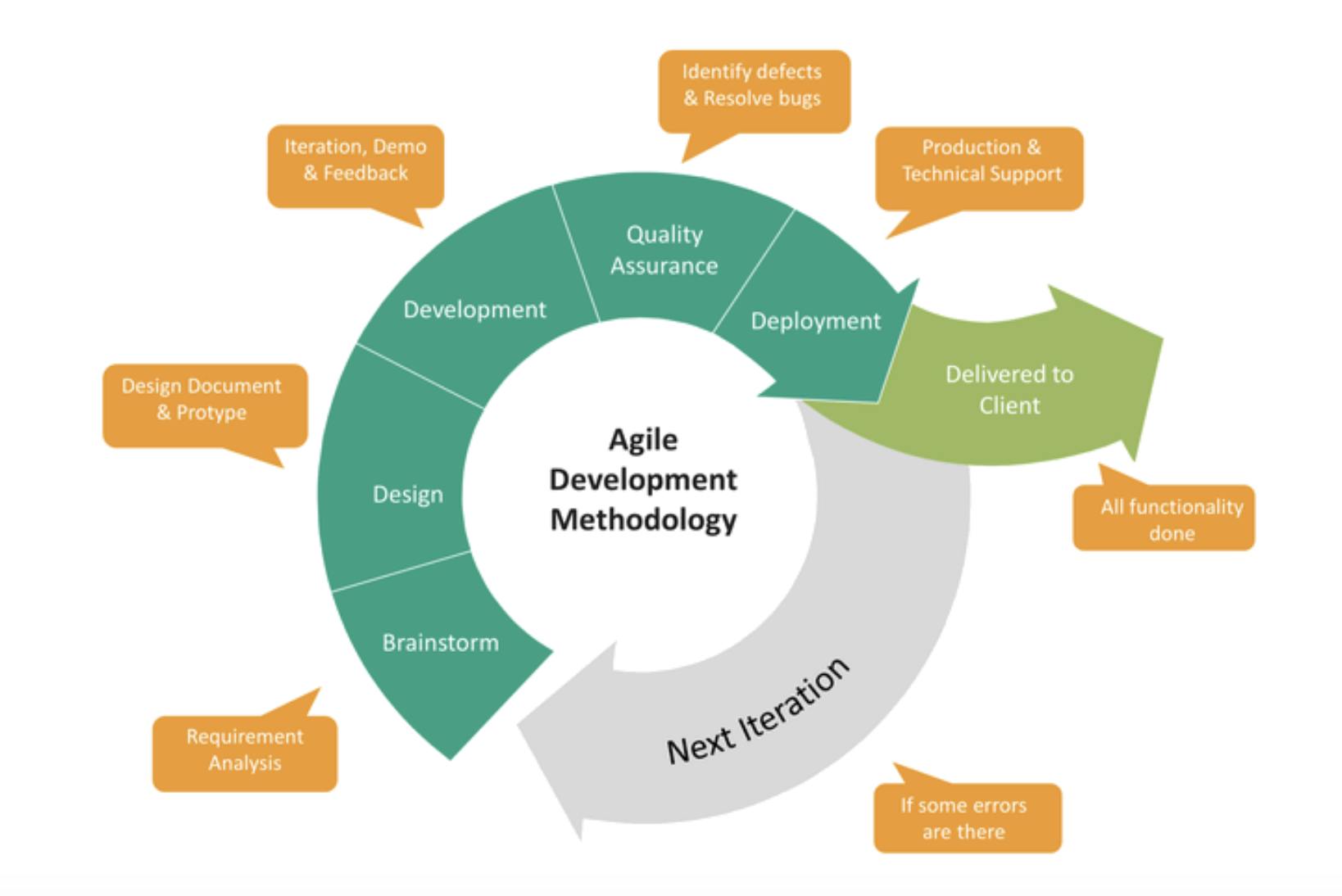
The worst thing you can do during this time is to start changing priorities and overthinking your functionality. It may destroy your architecture and slow down the development process a lot. But, if you had enough patience, in about 4 months you will get a complete working MVP with more features than any of your competitors, works fast, is scalable, and can revolutionize the industry with your secret sauce.
Grand launch

Hopefully, during the 4 months of development, you have built some social media, prepared marketing materials, and maybe even collected a few thousand customer emails. So now is the day, you gonna reach your friends, push the new product on social media, launch paid marketing campaigns, and observe how your metrics on Google Analytics are growing.
Product support
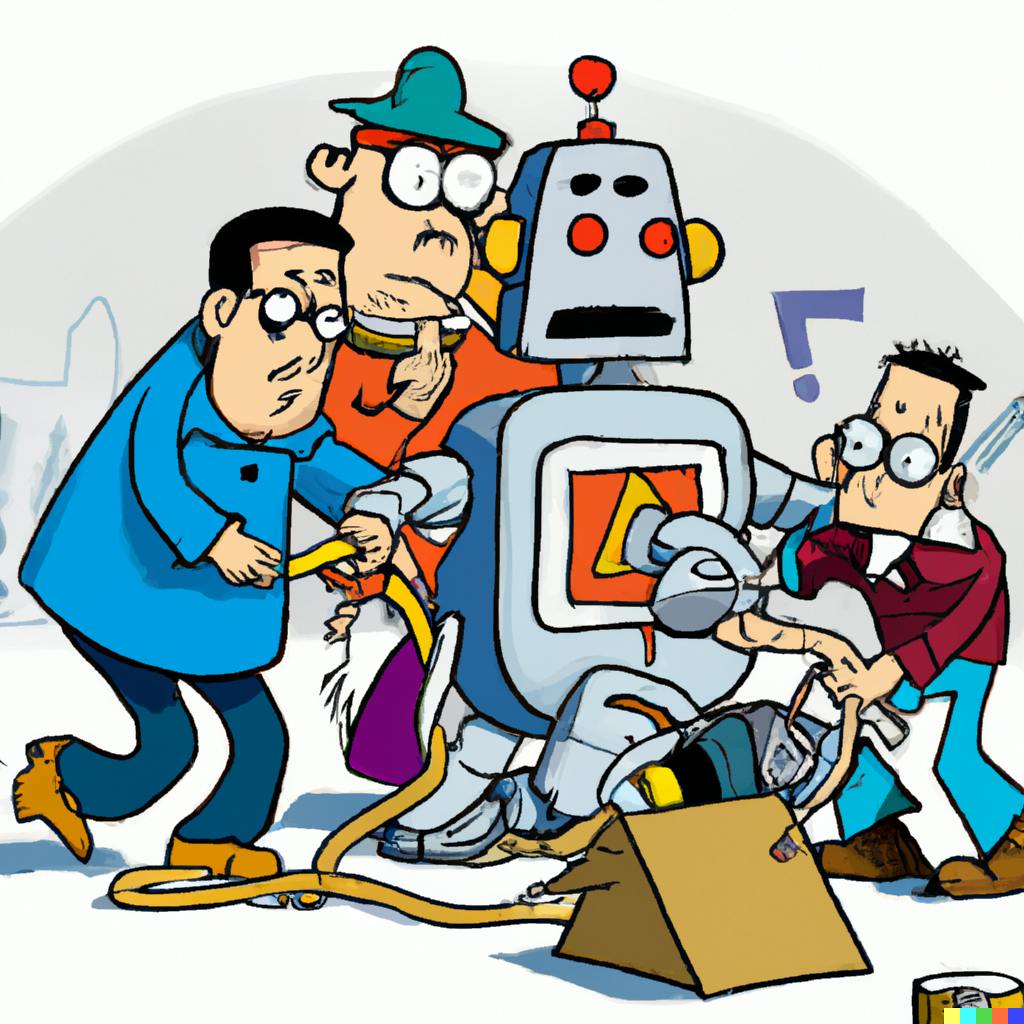
After every launch, there is a stage called product support that is mandatory in the current MVP development lifecycle. The development team continues to iterate over the updated backlog based on user feedback and do new releases each week till the time product becomes a unicorn or the team decides to make a pivot and create a new product.
Why do we need a better framework
Even though the current MVP launching framework has proven to be successful by dozen of companies it doesn't mean it is ideal. The first issue everyone faces is that you have to raise money from your personal connections. If you are from a poor country, have no connections, and have no savings - you will never be able to appropriately test your idea. The second problem is love for the idea. By building something for 4 months you will unavoidably fall in love with your solution and spend the next 6 months trying to make it work. Instead of that, you have to fall in love with a customer problem and change your ideas as gloves to find the best possible solution.
In my next article, I will describe the framework that will help founder to build MVPs 97% cheaper and iterate over ideas in a matter of weeks, not months, follow to not miss part 2.
Don't forget to subscribe to my newsletter where I share templates, to-code tools, and exclusive open-source projects that you can use to build your next MVP in 24 hours.